#amylose
Text
Wissenschaftler entwickeln Stärkefolie für Ananasstängel zum Verpacken von Obst und Gemüse
Ein Forschungsteam aus Thailand und Malaysia unter der Leitung von Professor Taweechai Amornsakchai von der Mahidol-Universität hat eine kostengünstige und umweltfreundliche Methode zur Herstellung von Folien aus Ananasstammstärke (PSS) entwickelt. Diese Folien können als Verpackung für Obst und Gemüse verwendet werden.
Die Forscher wollen damit die Abhängigkeit von umweltschädlichen Kunststoffen…
View On WordPress
#Amylose#Glycerin#Mahidol-Universität#Mais#Malaysia#Röntgenbeugung#Sauerstoff#Tapioka#Thailand#Zugfestigkeit
0 notes
Text
The major metabolic pathway in the starchy endosperm is, as the name implies, starch biosynthesis: the precursor molecule, ADP-glucose, is synthesized in the cytosol and then imported into the amyloplast, where it is enzymatically polymerized into amylose and amylopectin.
"Plant Physiology and Development" int'l 6e - Taiz, L., Zeiger, E., Møller, I.M., Murphy, A.
#book quote#plant physiology and development#nonfiction#textbook#metabolic pathway#starch#endosperm#biosynthesis#adp#glucose#cytosol#amyloplast#amylose#amylopectin#enzymes
0 notes
Photo
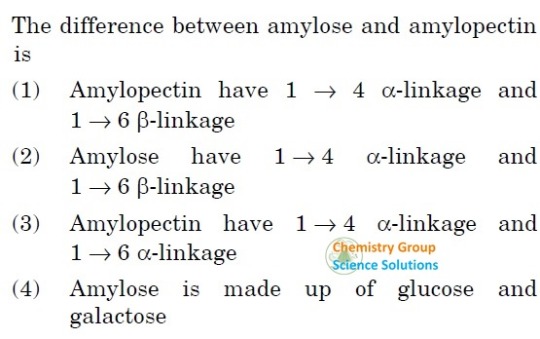
1 note
·
View note
Text
Starch, like glycogen, is a complex polysaccharide built up from a single monosaccharide – glucose – that consists of two major components, amylopectin and amylose (Figure 8.15A). (...) Chloroplasts store large amounts of reduced carbon without changing the osmotic balance of the cell by packing amylose and amylopectin into insoluble starch granules (Figure 8.15B). (...) Moreover, the association of stromal components (phosphate monoesters, lipids, phospholipids, and proteins) with the granule also controls the molecular architecture (Figure 8.15C).

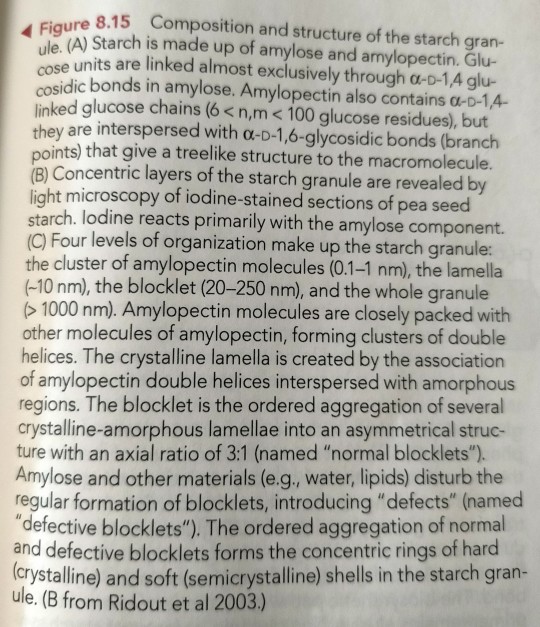
"Plant Physiology and Development" int'l 6e - Taiz, L., Zeiger, E., Møller, I.M., Murphy, A.
#book quotes#plant physiology and development#nonfiction#textbook#starch#glycogen#polysaccharides#monosaccharides#glucose#amylose#amylopectin#osmosis#chloroplasts#granules#phosphate#lipids#phospholipids#proteins#architecture#plant cells#photosynthesis#photochemistry#photorespiration
0 notes
Text
Geile lesbische Babes ficken!
Casey Calvert does nuru massage on her second cousin
Gosok dulu hijab
all inclusive resorts in bahamas with casino
Hot indian couple romance
Zakia baro Momo showing her big boobs and navel in the bnagla movie rain song amar prothom valobasha
Longtime Friends Davis Black and Sarah Sunday Finally FUCK
Daughter Helping Father To Have A Long Time After My Mother Died
Straight men strip poker gay This fellow seems to be down for the
Young emo virgin porn and gay muscle videos After talking to Nick for
#Glathsheim#flay#Torenia#veteranize#Marjana#magnetically#repatrol#chrismon#talcous#pathways#Orlando#autocad#digenite#strychninism#wave-cut#impersonative#diviner#actinias#amylose#trilobite
0 notes
Text
Nerdery about potato qualities is not nearly as readily available as for apples or wheat. Imagine going into a grocery store and reading a label that lists relevant features like ratios of amylose, amylopectin, simple sugars, moisture, alkaloids, etc.
Usually they don't even list a variety; It's just red, yellow, or white.
We are in a dark ages of potato autism.
192 notes
·
View notes
Text
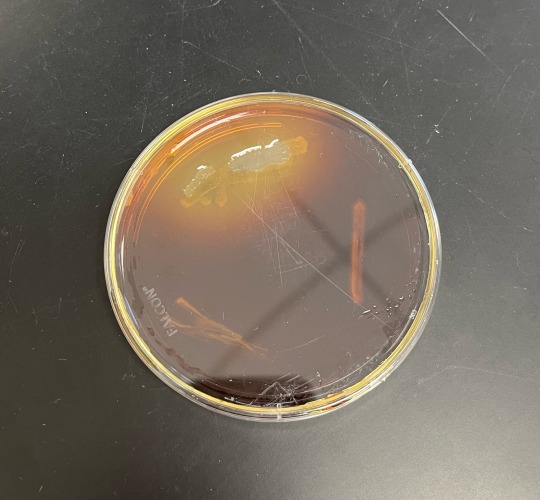
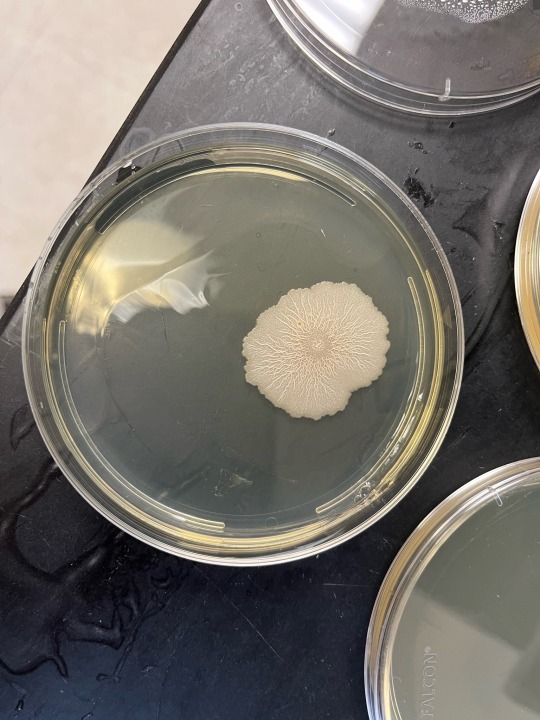
some silly lab things :)
1. amylose test (starch agar plate, 3 different spp., plate flooded with iodine, bacteria that possess amylase will have a light colored halo around it)
2. just some cool looking fungal contamination on a tsa plate
130 notes
·
View notes
Text
The chemistry behind Steamed Rice
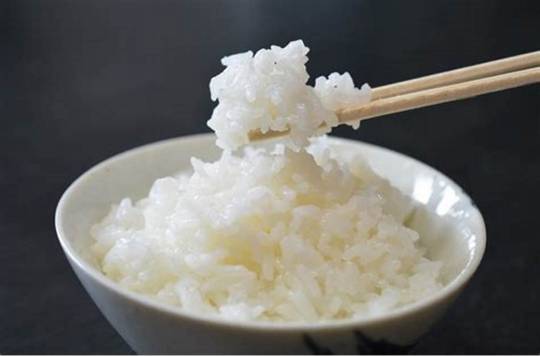
Rice, a vital staple, was domesticated in China's Yangtze Valley 13,500 to 8,200 years ago, then dispersed worldwide through migration and trade. Processed rice, our beloved rice, serves as the main diet for at least half the global population. The distinctive, fresh aroma in steamed rice comes from 2-Acetyl-1-pyrroline (2AP), a compound generated during the Maillard reaction in rice processing, lending it a popcorn-like fragrance.
Rice varieties vary in stickiness due to the ratio of amylose to amylopectin—higher amylopectin yields a more glutinous texture, seen prominently in sticky rice with almost 100% amylopectin, resulting in its adhesive consistency after cooking.
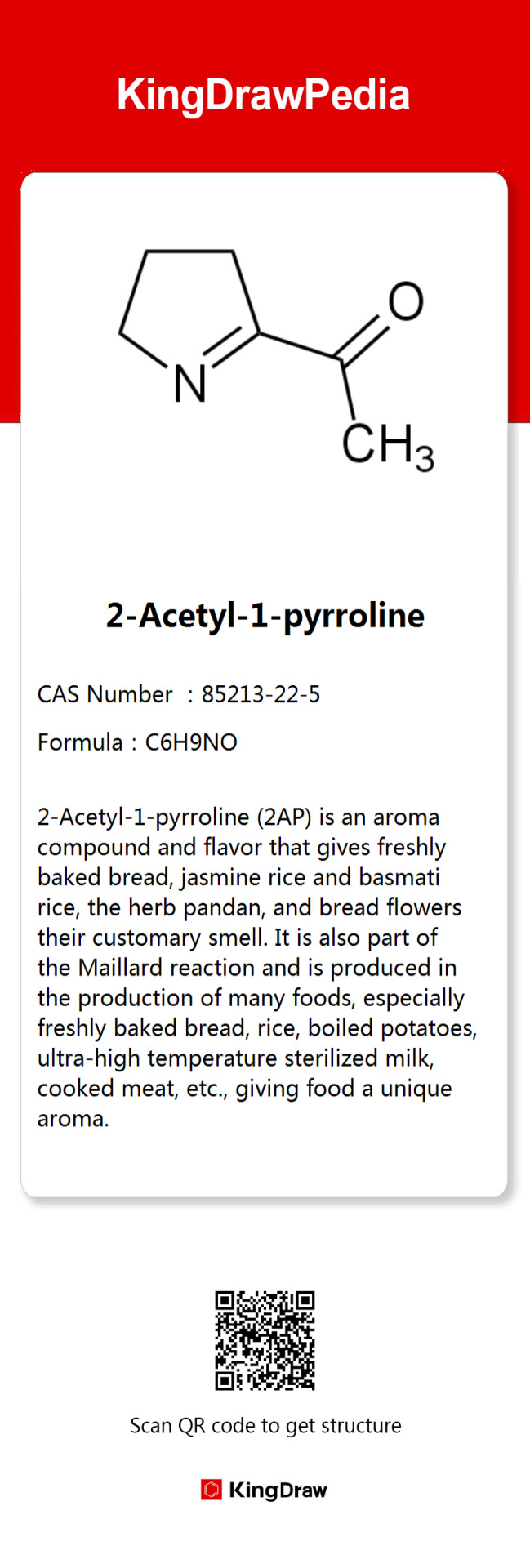
#rice#steamed rice#chemistry#organicchemistry#molecule#science#chemblr#stem studyblr#did u know#amazing facts
22 notes
·
View notes
Text
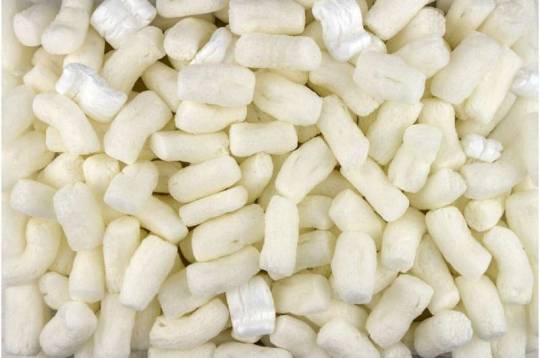
Innovative, ecofriendly rigid foam production from pineapple field leftovers
A team of researchers from Thailand, Malaysia and Singapore has successfully harnessed pineapple waste materials from agriculture to create biodegradable rigid composite foams. The foam's base was formulated using starch extracted from pineapple stems, known for their high amylose content, while the filling material was derived from non-fibrous cellulosic components found in pineapple leaves.
Diverging from conventional techniques which involve preparing a batter, this study introduced a unique methodology. It began by creating a starch gel mixed with glycerol, achieved through the use of a common household microwave oven. The resulting mixture was then blended with the filling material using a two-roll mill. Subsequently, the amalgam was transformed into foam through compression molding at a temperature of 160°C.
Read more.
#Materials Science#Science#Biomaterials#Plants#Waste#Foams#Composites#Starch#Cellulose#Materials processing#Newcastle University in Singapore
19 notes
·
View notes
Text
A recent study compared the effect of washing on the stickiness and hardness of three different types of rice from the same supplier. The three types were glutinous rice, medium grain rice and jasmine rice. These different rices were either not washed at all, washed three times with water, or washed ten times with water.
Contrary to what chefs will tell you, this study showed the washing process had no effect on the stickiness (or hardness) of the rice.
Instead, the researchers demonstrated the stickiness was not due to the surface starch (amylose), but rather a different starch called amylopectin that is leached out of the rice grain during the cooking process. The amount leached differed between the types of rice grains.
So, it’s the variety of rice – rather than washing – that’s critical to the stickiness. In this study, glutinous rice was the stickiest, while medium grain rice and jasmine rice were less sticky, and also harder as tested in the laboratory. (Hardness is representative of the textures associated with biting and chewing.)
Traditionally rice was washed to rinse off dust, insects, little stones and bits of husk left from the rice hulling process. This may still be important for some regions of the world where the processing is not as meticulous, and may provide peace of mind for others.
More recently, with the heavy use of plastics in the food supply chain, microplastics have been found in our foods, including rice. The washing process has been shown to rinse up to 20% of the plastics from uncooked rice.
5 notes
·
View notes
Note
Why so some plants produce toxins and such to prevent being eaten while others don't? (In other words why can I eat vegetables but not posion ivy SJDANFNSNDN)
Humans can't breakdown cellulose, which is a polymer of glucose with a Beta-1-4 link between each monomer. Other animals such as cows also can't metabolise it, but they have evolved a gastric system that allows for symbiotic bacteria to live in them and break it down for them, this is also the reason they produce a lot of methane.
Cellulose is what makes up the large proportion of the dietary "group" known as fibre that helps digestive product move through the bowel and have been linked to decreased risk of bowel cancer. A few examples of foods we eat and can't digest fully are sweetcorn kernels, tomatoes and celery. In the case of celery, in its uncooked form it takes more energy to digest it than you gain from it in energy.
Fruits normally contain a high levels of fructose which can be absorbed directly, rices and grains contain large amounts of starch, in the form of amylose, a linear polymer of glucose, or amylopectin which is branched. Starch is broken down by the enzyme amlyase which is found in saliva and in pancreatic secretions into the duodenum, this is the reason if you hold bread in your mouth it will start to get sweeter as the starch is broken down into sugar.
Cellulose is found in plants and not animals because it is what makes up the large proportion of the cell wall in the plant which helps stops the plant cells exploding under osmotic pressure.
4 notes
·
View notes
Text
Rice is a delightful and mercurial grain. It's impish and hostile and benevolent all at the same time, like a faerie queen with a boon to give. You have to alter your technique for every varietal, also dependent on the age of the rice. The slightest shift in amylose and amylopectin is the flap of a butterfly's wings over the Atlantic. It's a cataclysmic subtlety.
3 notes
·
View notes
Text
i think that it’d be very very very unreasonable to have us memorize the structures for glucose, galactose, maltose, lactose, sucrose, fructose, amylose, cellulose, and like what ever other ones there are 😑 if these are going to be on the quiz i have tomorrow im going to hate chemistry so much more 😑 like understanding D- / L- or alpha- / beta- structure things are whatever i get it its cool and makes sense to know but like when is a nurse/dentist/healthcare worker or whoever going to need to be able to recognize these without just like looking it up 😑 also same sentiment with amino acids and stuff for later 😒
3 notes
·
View notes
Text
how did i not know that the loml was running next patch until js now. fck you amylose and amylopectin
0 notes
Text
[PDF] Carbohydrate Chemistry Volume 38 Ame?lia Pilar Rauter; Thisbe K Lindhorst
Content: 1. Applications of glycobiology...
https://pdfelite.com/product/pdf-carbohydrate-chemistry-volume-38-amelia-pilar-rauter-thisbe-k-lindhorst/?feed_id=10122&_unique_id=66310acb31efa
0 notes
Text
Amylose from Potato
Amylose from Potato
Catalog number: B2015651
Lot number: Batch Dependent
Expiration Date: Batch dependent
Amount: 50 mg
Molecular Weight or Concentration: N/A
Supplied as: powder
Applications: a molecular tool for various biochemical applications
Storage: RT
Keywords: α-Amylose
Grade: Biotechnology grade. All products are highly pure. All solutions are made with Type I ultrapure water…

View On WordPress
0 notes